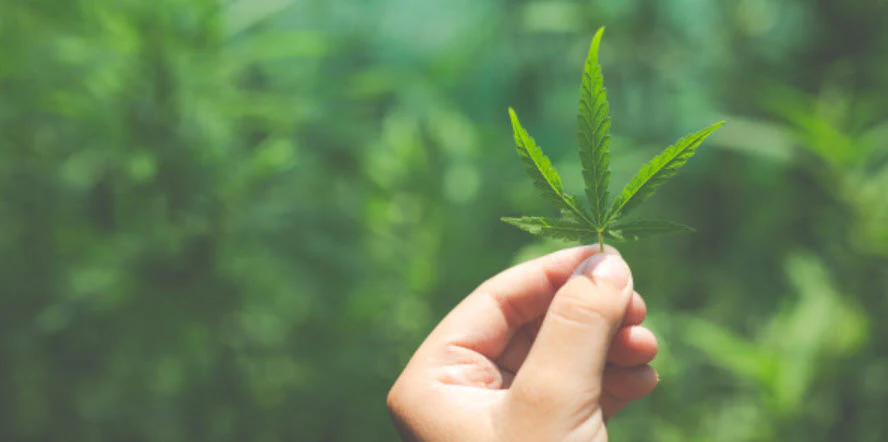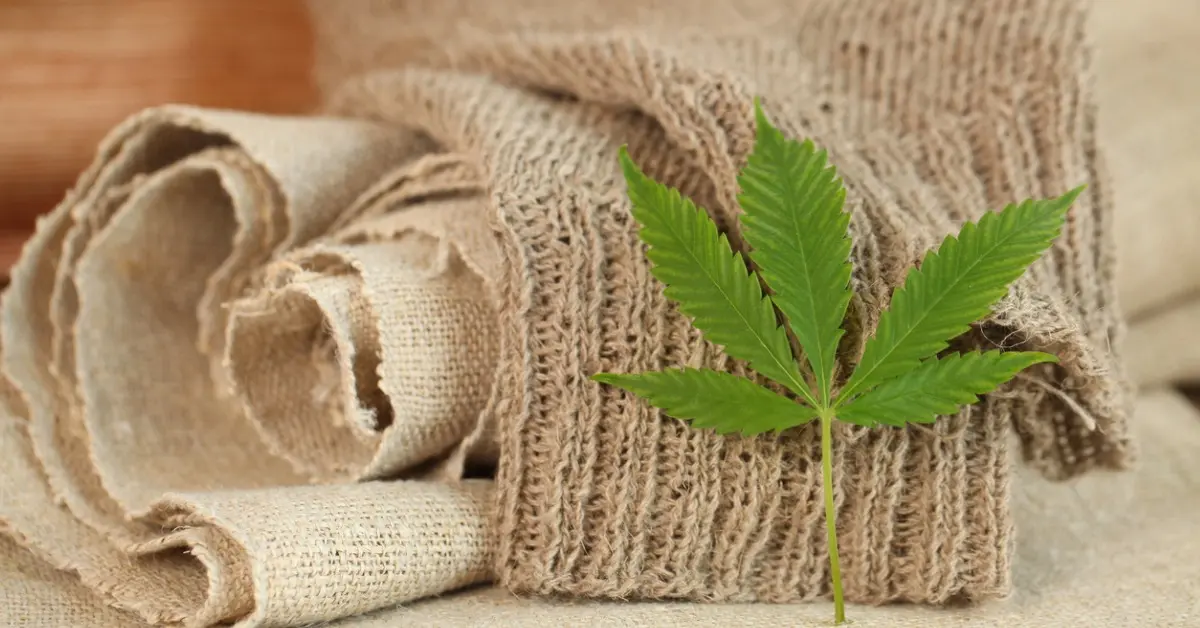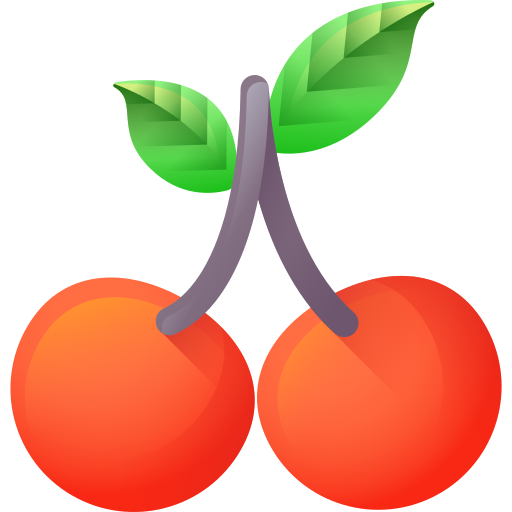Health Benefits of Hemp Clothing: Scientific Evidence
Hemp fabric and clothes improve people’s health. There are a lot of materials devoted to this topic on the web, but we did not find a single article with links to scientific research.

Thermoregulation
The better you adapt to environmental changes, the better your health. One of the manifestations of this process is thermoregulation.
Clothing affects the thermoregulation of the body. Today, people often change temperature conditions during the day: in the summer we get into the heat from under the air conditioners, and in the winter we leave warm rooms or vehicles in the cold. Under these conditions, clothing with good thermoregulation helps to maintain body temperature, regardless of environmental conditions. In such clothes, the load on the body due to sudden changes in temperature is much less, you have more energy and less risk of getting sick.
Technical hemp materials improve thermoregulation thanks to the hollow structure of the hemp fibre. According to studies, the content of industrial hemp even in mixed fabrics increases its breathability up to 180.250 mm/s and moisture permeability up to 454.152 g/(m2 h) [4]. This corresponds to the indicators of sports membranes. However, unlike them, this property in hemp clothes is absolutely natural.
Antibacterial properties of hemp clothing
Pathogenic bacteria are our daily companions. Clothing is their natural habitat. According to research, technical hemp fibers prevent the growth of bacteria in the fabric of clothing and reduce the risk of infection.
Products made from hemp fabric are destroyed (data below from the study here):
- 99.64% of Staphylococcus aureus is a bacteria that causes infections of the skin, from acne to phlegmon. In addition, staphylococcus aureus is the main cause of bad breath. In this article, we talked about how cannabis, by suppressing staph, solves the problem of sweat odor.
- 95.41% of Escherichia coli – a bacteria that causes gastrointestinal disorders
Candida – a yeast-like fungus that causes candidiasis
Antibacterial activity is due to the presence of cannabinoids in the fibers of technical hemp. Scientists identify 9 types of cannabinoids in technical hemp. Three of them have antibacterial properties against the above bacteria, and six more are able to fight leishmaniasis, a disease common in the subtropics and tropics caused by protozoa.
UV Protection
Sunbathing is helpful. But in moderation. Ultraviolet radiation increases the risk of malignant tumors and accelerates the aging process in skin cells. Therefore, in the bright sun, the skin must be protected – with sunscreens or … with fabrics made from natural materials.
Hemp materials are characterized by a high degree of protection against UV rays due to the presence of the same cannabinoids in it. If you wear hemp clothes, you reduce the harm from ultraviolet radiation to the body. Hemp fabric is capable of blocking 99% of UVA and UVB rays, which is equivalent to a 50+ UPF protection factor. These properties are the same for both dry and wet hemp fabric, making it ideal for beachwear, sun exposure, and more.
Health and ecology
Our health is directly dependent on the state of the environment. Hemp clothing is equally beneficial for both health and the environment.

Scientific research on the sustainability of hemp clothes
There is a lot of information on the net about the environmental friendliness of hemp clothes. However, most often it is very difficult to distinguish the truth from marketing.
Fact 1. The production of hemp clothes is carbon-negative
The amount of carbon dioxide absorbed during the stage of growing technical hemp “in the field” exceeds the amount of carbon dioxide released during its subsequent processing into fabric “in production”. Thus, the production of hemp fabric is a carbon-negative process.
How is this effect achieved? All plants absorb carbon dioxide during photosynthesis. Industrial hemp is the undisputed leader in this indicator among agricultural crops. Its stems are 70% cellulose, which is formed due to carbon obtained by absorbing carbon dioxide from the external environment. Due to its extremely fast growth, industrial hemp absorbs a huge amount of CO2.
Fact 2. Industrial hemp saves arable land
Extensive global development of land for agricultural purposes leads to deforestation, reduction of habitats of rare animals, and soil degradation.
From an equal plot of land, technical hemp produces 3 times more fabric than cotton. If right now you are wearing hemp clothes, this is a reason to be proud: 3 times less territory was sown for its creation than for cotton clothes.
Fact 3. Technical hemp saves energy
According to studies, the energy costs of producing technical hemp fabric are about the same as those of organic cotton fabric. The production of 1 ton of hemp fabric requires from 13,500 MJ to 32,622 MJ (depending on the fiber processing technologies used), and for organic cotton fabric – from 11,711 MJ to 25,591 MJ. Everything is known in comparison: for the production of 1 ton of synthetics, you need to spend from 104,479 to 126,706 MJ.
At the same time, the natural properties of thermoregulation and natural strength allow clothes made from hemp fabric to become a substitute for synthetics. In addition, hemp fiber can be blended with synthetic thread to create a sustainable fabric that combines the characteristics of synthetics with the sustainable properties of industrial hemp.
Fact 4. Technical hemp saves water
According to UN estimates, in 2019, about 2 billion people on Earth faced water scarcity. But this is not all: with the growth of the population, more and more water is required to meet the needs of agriculture and industry.
If cotton, from which most fabrics in the world are made, is moisture-loving and requires additional irrigation in 50% of cases, then industrial hemp is more resistant to droughts. Moreover, the lack of water accelerates its growth and makes its stems more massive.
If we take into account not only the stage of growing plants, but also the subsequent stage of manufacturing fiber and fabric, hemp production saves water costs by 4-5 times compared to cotton. To make 1 kg (about 3 meters) of technical hemp fabric, you need about 2.5 thousand liters of water, while for cotton fabric it is almost 4 times more – about 9.9 thousand liters.
Fact 5: Fewer chemicals are needed to grow cannabis
Fertilizers poison the soil for agricultural land. Many resources contain information that technical hemp can be grown without the use of herbicides and pesticides. This information is not entirely true. Uniform standards and recommendations in this regard have not yet been developed, and in the preparation of this article, we did not find scientific studies on this subject.
However, from personal conversations with farmers, we at Uzor Wear concluded that growing hemp requires much less fertilizer than other agricultural crops.
Conclusion
The clothes you choose affect your ecological footprint. This indicator is measured in hectares of land required to produce goods and services and absorb the amount of CO2 emitted. According to WWF, in order for nature to meet all the needs of mankind in 2021, 1.6 planets like the Earth are needed. But we only have one planet.
The ecological footprint of 1 ton of hemp fabric does not exceed 1.5-2 hectares, while for cotton fabric this figure reaches 2-3 hectares. Thus, the ecological footprint of hemp clothing is almost 2 times less than that of cotton clothing.
